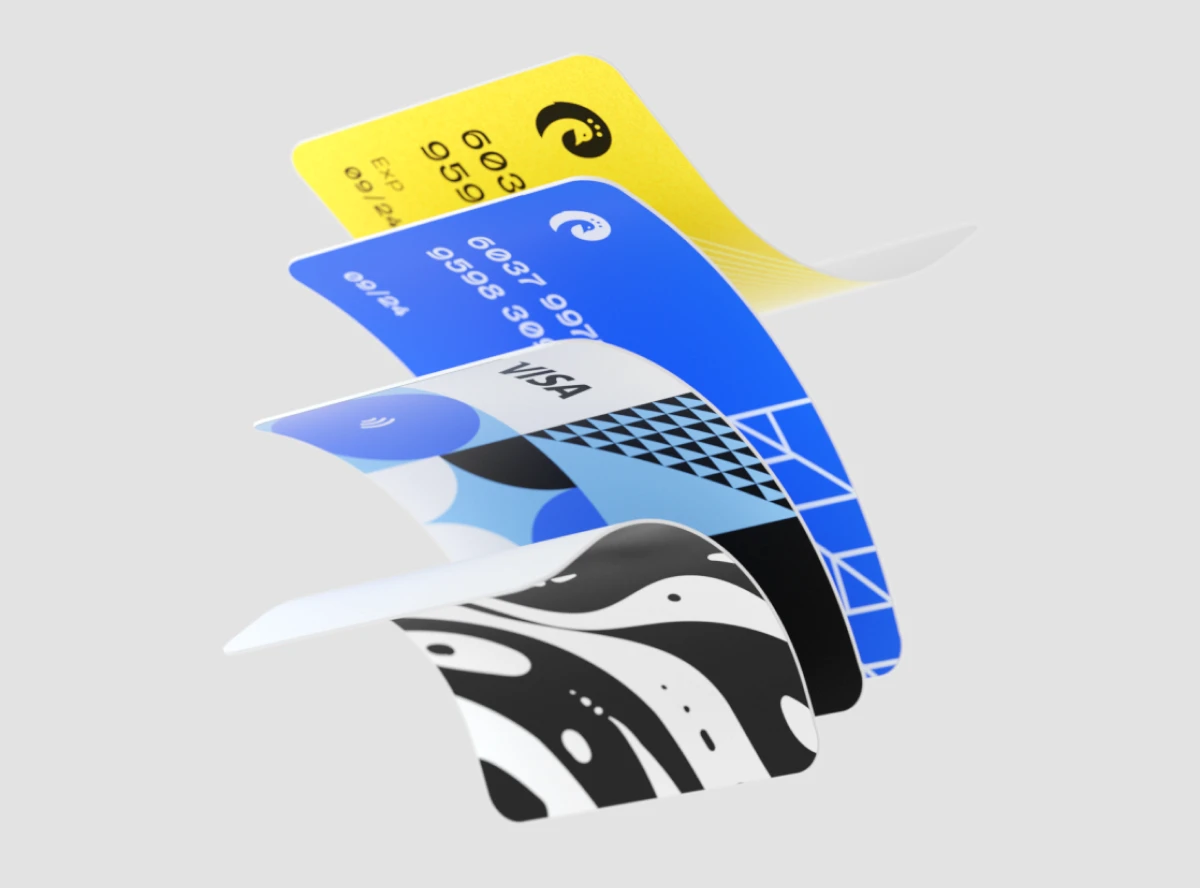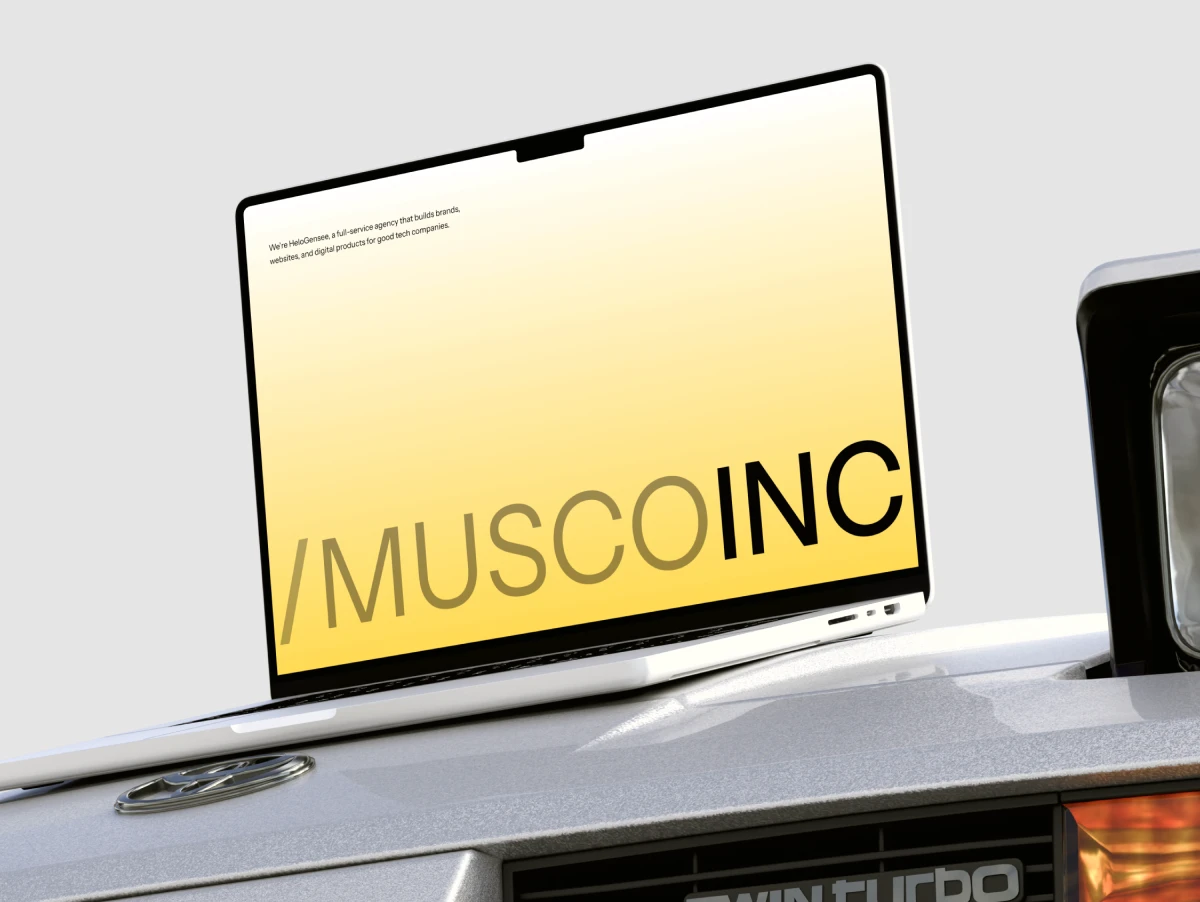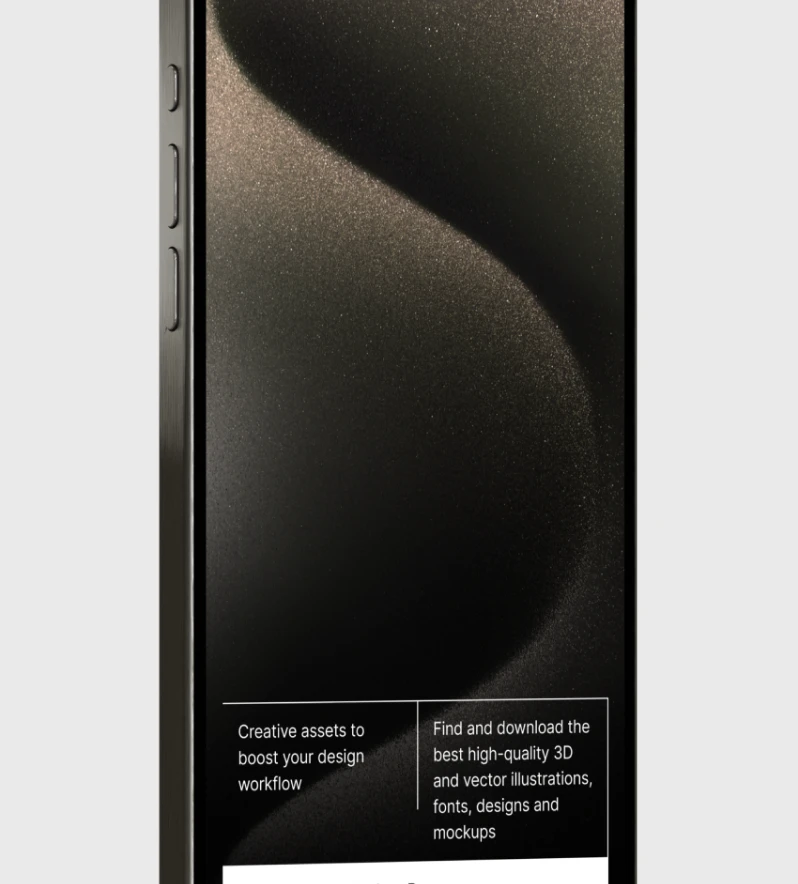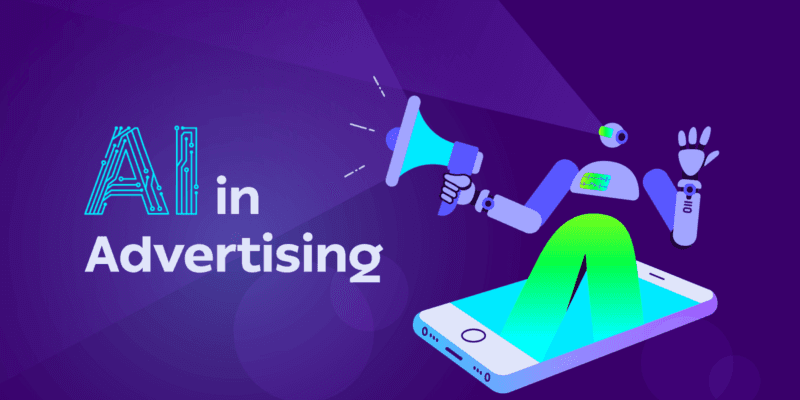The Attention Economy
The Attention Economy
The Attention Economy
The Attention Economy
Branding
/
Branding
/
Branding
/
Branding
/




Source:
In the digital age, where information is abundant and constantly vying for our focus, we find ourselves immersed in the "attention economy." This term refers to a marketplace where human attention is the most valuable commodity, with businesses, content creators, and advertisers competing fiercely to capture and retain it.
The attention economy is fueled by the vast amount of information available online. According to a Microsoft study, the average human attention span in 2023 is just 8 seconds, down from 12 seconds in 2000. This decline is attributed to the constant barrage of information we face, from social media notifications to news alerts.
This has significant implications for businesses and marketers. In the attention economy, simply creating content is not enough. To succeed, businesses must create content that not only captures attention but also holds it long enough to convey their message and influence consumer behavior. Studies show that viewers only pay attention to the first 3 seconds of an online ad, highlighting the need for brands to grab attention quickly and deliver value propositions immediately.
Social media platforms are a prime example of the attention economy in action. These platforms are designed to be addictive, with features like infinite scrolling and push notifications constantly pulling us back in. The average person spends 2 hours and 27 minutes on social media daily, according to a 2023 report by App Annie. The algorithms that power these platforms prioritize content that is most likely to keep us engaged, often at the expense of quality or relevance. A 2022 study by Pew Research found that 64% of Americans believe that social media platforms do a poor job of addressing false or misleading information.
The attention economy has also given rise to new forms of marketing, such as influencer marketing and native advertising. These tactics rely on subtly integrating brand messages into content that is already capturing attention, rather than interrupting it with traditional advertising. Influencer marketing has become a $16.4 billion industry, according to Influencer Marketing Hub, and is expected to reach $25 billion by 2025. Native advertising can be particularly effective, with studies showing that consumers are 60% more likely to click on a native ad than a traditional banner ad.
While the attention economy presents challenges for businesses and consumers alike, it also offers opportunities. For businesses, understanding the dynamics of the attention economy can help them create more effective marketing strategies. By understanding how to capture and hold attention, businesses can create content that resonates with their target audience and drives conversions.
For consumers, becoming aware of the tactics used to capture attention can empower them to make more informed decisions about where they focus their time and energy. They can be more mindful of how they spend their time online and choose to engage with content that is informative, valuable, and enjoyable.
The attention economy is a complex and evolving landscape. As technology continues to advance and new platforms emerge, the competition for attention will only intensify. The businesses and individuals who thrive in this environment will be those who understand the value of attention and who are able to create content that truly resonates with their audience.
Ultimately, the attention economy is a reflection of our increasingly digital lives. As we spend more and more time online, our attention becomes a precious resource. The businesses and individuals who can capture and hold our attention will be the ones who shape the future of our digital world.
In the digital age, where information is abundant and constantly vying for our focus, we find ourselves immersed in the "attention economy." This term refers to a marketplace where human attention is the most valuable commodity, with businesses, content creators, and advertisers competing fiercely to capture and retain it.
The attention economy is fueled by the vast amount of information available online. According to a Microsoft study, the average human attention span in 2023 is just 8 seconds, down from 12 seconds in 2000. This decline is attributed to the constant barrage of information we face, from social media notifications to news alerts.
This has significant implications for businesses and marketers. In the attention economy, simply creating content is not enough. To succeed, businesses must create content that not only captures attention but also holds it long enough to convey their message and influence consumer behavior. Studies show that viewers only pay attention to the first 3 seconds of an online ad, highlighting the need for brands to grab attention quickly and deliver value propositions immediately.
Social media platforms are a prime example of the attention economy in action. These platforms are designed to be addictive, with features like infinite scrolling and push notifications constantly pulling us back in. The average person spends 2 hours and 27 minutes on social media daily, according to a 2023 report by App Annie. The algorithms that power these platforms prioritize content that is most likely to keep us engaged, often at the expense of quality or relevance. A 2022 study by Pew Research found that 64% of Americans believe that social media platforms do a poor job of addressing false or misleading information.
The attention economy has also given rise to new forms of marketing, such as influencer marketing and native advertising. These tactics rely on subtly integrating brand messages into content that is already capturing attention, rather than interrupting it with traditional advertising. Influencer marketing has become a $16.4 billion industry, according to Influencer Marketing Hub, and is expected to reach $25 billion by 2025. Native advertising can be particularly effective, with studies showing that consumers are 60% more likely to click on a native ad than a traditional banner ad.
While the attention economy presents challenges for businesses and consumers alike, it also offers opportunities. For businesses, understanding the dynamics of the attention economy can help them create more effective marketing strategies. By understanding how to capture and hold attention, businesses can create content that resonates with their target audience and drives conversions.
For consumers, becoming aware of the tactics used to capture attention can empower them to make more informed decisions about where they focus their time and energy. They can be more mindful of how they spend their time online and choose to engage with content that is informative, valuable, and enjoyable.
The attention economy is a complex and evolving landscape. As technology continues to advance and new platforms emerge, the competition for attention will only intensify. The businesses and individuals who thrive in this environment will be those who understand the value of attention and who are able to create content that truly resonates with their audience.
Ultimately, the attention economy is a reflection of our increasingly digital lives. As we spend more and more time online, our attention becomes a precious resource. The businesses and individuals who can capture and hold our attention will be the ones who shape the future of our digital world.




What's Your Next Big Move?




What's Your Next Big Move?




What's Your Next Big Move?
What’s next?

Branding
/
Short-Form Video Ads: Mastering the Art of Capturing Attention in Seconds
In today’s fast-paced digital landscape, short-form video ads have emerged as a powerful tool for advertisers to capture audience attention quickly and effectively. Platforms like TikTok, Instagram Reels, and YouTube Shorts have revolutionized the way brands connect with their target audience, offering a unique opportunity to deliver impactful messages in just a matter of seconds.
The Rise of Short-Form Video Ads
Short-form video ads, typically ranging from 5 to 60 seconds, have gained immense popularity across various social media platforms. This trend is driven by several factors:
1. Decreasing attention spans: With the average attention span now shorter than ever, brief, engaging content is more likely to be watched in its entirety.
2. Mobile-first consumption: Short videos are perfectly suited for on-the-go viewing on smartphones, aligning with modern content consumption habits.
3. Algorithm preferences: Many social media platforms prioritize short-form content in their algorithms, increasing the potential reach for advertisers.
4. Cost-effectiveness: Short-form videos often require less production time and resources, making them an attractive option for businesses of all sizes.
Platform-Specific Trends
Each platform has its unique characteristics when it comes to short-form video ads:
TikTok
TikTok has become synonymous with short-form content, offering a highly engaging environment for advertisers:
• Videos under 15 seconds achieve a view rate of 9.40% on average.
• The platform’s algorithm favors authentic, creative content over highly polished productions.
Instagram Reels
Instagram has embraced short-form video with Reels, providing advertisers with new opportunities:
• Reels allow for videos up to 60 seconds long, with an average session time of 53 minutes.
• The integration with Instagram’s existing features makes it easy for brands to incorporate Reels into their overall strategy.
YouTube Shorts
YouTube’s entry into the short-form video space offers unique advantages:
• Shorts benefit from YouTube’s massive user base and established infrastructure.
• The platform’s reputation for longer-form content allows for creative storytelling techniques within the short format.
Tips for Creating Engaging Short-Form Video Ads
To make the most of this format, consider the following best practices:
1. Hook viewers immediately: Capture attention within the first 3 seconds using striking visuals, intriguing questions, or surprising statements.
2. Keep it concise: Aim for videos under 60 seconds to ensure high viewer retention.
3. Embrace authenticity: Raw, genuine content often performs better than overly polished productions.
4. Leverage trends: Stay current with popular sounds, challenges, and visual styles on each platform.
5. Optimize for sound-off viewing: Use captions and visual storytelling to convey your message effectively, even when viewers have their sound muted.
6. Include a clear call-to-action: Guide viewers on what to do next, whether it’s visiting your website or trying your product.
7. Use high-quality visuals: Ensure your video is visually appealing and stands out in crowded feeds.
8. Test and iterate: Experiment with different video lengths, styles, and content to find what resonates best with your audience.
Why Advertisers Are Embracing Short-Form Video Ads
The growing popularity of short-form video ads among advertisers can be attributed to several factors:
1. Higher engagement rates: Short-form videos receive 2.5 times more engagement than long-form videos.
2. Improved brand awareness: 73% of consumers prefer short-form videos when searching for new products or services.
3. Viral potential: 47% of marketers say short-form videos are more likely to go viral compared to other content formats.
4. Versatility: Short-form videos can be easily repurposed across multiple platforms, maximizing reach and ROI.
5. Appeal to younger demographics: 57% of Gen Z prefer short videos for product research.
The Future of Short-Form Video Advertising
As we look ahead to 2025 and beyond, short-form video ads are poised to play an even more significant role in digital advertising strategies. With advancements in AI and machine learning, we can expect more personalized and targeted short-form video ads that resonate with specific audience segments.
Moreover, the integration of augmented reality (AR) and virtual reality (VR) technologies into short-form video ads promises to create more immersive and interactive experiences for viewers.
In conclusion, mastering the art of short-form video ads is becoming increasingly crucial for advertisers looking to capture attention in today’s digital age. By understanding platform-specific trends, implementing best practices, and staying ahead of technological advancements, brands can leverage this powerful format to connect with their audience effectively and drive meaningful results.

Branding
/
Short-Form Video Ads: Mastering the Art of Capturing Attention in Seconds
In today’s fast-paced digital landscape, short-form video ads have emerged as a powerful tool for advertisers to capture audience attention quickly and effectively. Platforms like TikTok, Instagram Reels, and YouTube Shorts have revolutionized the way brands connect with their target audience, offering a unique opportunity to deliver impactful messages in just a matter of seconds.
The Rise of Short-Form Video Ads
Short-form video ads, typically ranging from 5 to 60 seconds, have gained immense popularity across various social media platforms. This trend is driven by several factors:
1. Decreasing attention spans: With the average attention span now shorter than ever, brief, engaging content is more likely to be watched in its entirety.
2. Mobile-first consumption: Short videos are perfectly suited for on-the-go viewing on smartphones, aligning with modern content consumption habits.
3. Algorithm preferences: Many social media platforms prioritize short-form content in their algorithms, increasing the potential reach for advertisers.
4. Cost-effectiveness: Short-form videos often require less production time and resources, making them an attractive option for businesses of all sizes.
Platform-Specific Trends
Each platform has its unique characteristics when it comes to short-form video ads:
TikTok
TikTok has become synonymous with short-form content, offering a highly engaging environment for advertisers:
• Videos under 15 seconds achieve a view rate of 9.40% on average.
• The platform’s algorithm favors authentic, creative content over highly polished productions.
Instagram Reels
Instagram has embraced short-form video with Reels, providing advertisers with new opportunities:
• Reels allow for videos up to 60 seconds long, with an average session time of 53 minutes.
• The integration with Instagram’s existing features makes it easy for brands to incorporate Reels into their overall strategy.
YouTube Shorts
YouTube’s entry into the short-form video space offers unique advantages:
• Shorts benefit from YouTube’s massive user base and established infrastructure.
• The platform’s reputation for longer-form content allows for creative storytelling techniques within the short format.
Tips for Creating Engaging Short-Form Video Ads
To make the most of this format, consider the following best practices:
1. Hook viewers immediately: Capture attention within the first 3 seconds using striking visuals, intriguing questions, or surprising statements.
2. Keep it concise: Aim for videos under 60 seconds to ensure high viewer retention.
3. Embrace authenticity: Raw, genuine content often performs better than overly polished productions.
4. Leverage trends: Stay current with popular sounds, challenges, and visual styles on each platform.
5. Optimize for sound-off viewing: Use captions and visual storytelling to convey your message effectively, even when viewers have their sound muted.
6. Include a clear call-to-action: Guide viewers on what to do next, whether it’s visiting your website or trying your product.
7. Use high-quality visuals: Ensure your video is visually appealing and stands out in crowded feeds.
8. Test and iterate: Experiment with different video lengths, styles, and content to find what resonates best with your audience.
Why Advertisers Are Embracing Short-Form Video Ads
The growing popularity of short-form video ads among advertisers can be attributed to several factors:
1. Higher engagement rates: Short-form videos receive 2.5 times more engagement than long-form videos.
2. Improved brand awareness: 73% of consumers prefer short-form videos when searching for new products or services.
3. Viral potential: 47% of marketers say short-form videos are more likely to go viral compared to other content formats.
4. Versatility: Short-form videos can be easily repurposed across multiple platforms, maximizing reach and ROI.
5. Appeal to younger demographics: 57% of Gen Z prefer short videos for product research.
The Future of Short-Form Video Advertising
As we look ahead to 2025 and beyond, short-form video ads are poised to play an even more significant role in digital advertising strategies. With advancements in AI and machine learning, we can expect more personalized and targeted short-form video ads that resonate with specific audience segments.
Moreover, the integration of augmented reality (AR) and virtual reality (VR) technologies into short-form video ads promises to create more immersive and interactive experiences for viewers.
In conclusion, mastering the art of short-form video ads is becoming increasingly crucial for advertisers looking to capture attention in today’s digital age. By understanding platform-specific trends, implementing best practices, and staying ahead of technological advancements, brands can leverage this powerful format to connect with their audience effectively and drive meaningful results.

Branding
/
Short-Form Video Ads: Mastering the Art of Capturing Attention in Seconds
In today’s fast-paced digital landscape, short-form video ads have emerged as a powerful tool for advertisers to capture audience attention quickly and effectively. Platforms like TikTok, Instagram Reels, and YouTube Shorts have revolutionized the way brands connect with their target audience, offering a unique opportunity to deliver impactful messages in just a matter of seconds.
The Rise of Short-Form Video Ads
Short-form video ads, typically ranging from 5 to 60 seconds, have gained immense popularity across various social media platforms. This trend is driven by several factors:
1. Decreasing attention spans: With the average attention span now shorter than ever, brief, engaging content is more likely to be watched in its entirety.
2. Mobile-first consumption: Short videos are perfectly suited for on-the-go viewing on smartphones, aligning with modern content consumption habits.
3. Algorithm preferences: Many social media platforms prioritize short-form content in their algorithms, increasing the potential reach for advertisers.
4. Cost-effectiveness: Short-form videos often require less production time and resources, making them an attractive option for businesses of all sizes.
Platform-Specific Trends
Each platform has its unique characteristics when it comes to short-form video ads:
TikTok
TikTok has become synonymous with short-form content, offering a highly engaging environment for advertisers:
• Videos under 15 seconds achieve a view rate of 9.40% on average.
• The platform’s algorithm favors authentic, creative content over highly polished productions.
Instagram Reels
Instagram has embraced short-form video with Reels, providing advertisers with new opportunities:
• Reels allow for videos up to 60 seconds long, with an average session time of 53 minutes.
• The integration with Instagram’s existing features makes it easy for brands to incorporate Reels into their overall strategy.
YouTube Shorts
YouTube’s entry into the short-form video space offers unique advantages:
• Shorts benefit from YouTube’s massive user base and established infrastructure.
• The platform’s reputation for longer-form content allows for creative storytelling techniques within the short format.
Tips for Creating Engaging Short-Form Video Ads
To make the most of this format, consider the following best practices:
1. Hook viewers immediately: Capture attention within the first 3 seconds using striking visuals, intriguing questions, or surprising statements.
2. Keep it concise: Aim for videos under 60 seconds to ensure high viewer retention.
3. Embrace authenticity: Raw, genuine content often performs better than overly polished productions.
4. Leverage trends: Stay current with popular sounds, challenges, and visual styles on each platform.
5. Optimize for sound-off viewing: Use captions and visual storytelling to convey your message effectively, even when viewers have their sound muted.
6. Include a clear call-to-action: Guide viewers on what to do next, whether it’s visiting your website or trying your product.
7. Use high-quality visuals: Ensure your video is visually appealing and stands out in crowded feeds.
8. Test and iterate: Experiment with different video lengths, styles, and content to find what resonates best with your audience.
Why Advertisers Are Embracing Short-Form Video Ads
The growing popularity of short-form video ads among advertisers can be attributed to several factors:
1. Higher engagement rates: Short-form videos receive 2.5 times more engagement than long-form videos.
2. Improved brand awareness: 73% of consumers prefer short-form videos when searching for new products or services.
3. Viral potential: 47% of marketers say short-form videos are more likely to go viral compared to other content formats.
4. Versatility: Short-form videos can be easily repurposed across multiple platforms, maximizing reach and ROI.
5. Appeal to younger demographics: 57% of Gen Z prefer short videos for product research.
The Future of Short-Form Video Advertising
As we look ahead to 2025 and beyond, short-form video ads are poised to play an even more significant role in digital advertising strategies. With advancements in AI and machine learning, we can expect more personalized and targeted short-form video ads that resonate with specific audience segments.
Moreover, the integration of augmented reality (AR) and virtual reality (VR) technologies into short-form video ads promises to create more immersive and interactive experiences for viewers.
In conclusion, mastering the art of short-form video ads is becoming increasingly crucial for advertisers looking to capture attention in today’s digital age. By understanding platform-specific trends, implementing best practices, and staying ahead of technological advancements, brands can leverage this powerful format to connect with their audience effectively and drive meaningful results.

Branding
/
The Rise of AI in Advertising: How Machine Learning is Revolutionizing Ad Campaigns
Artificial Intelligence (AI) is no longer a futuristic concept in advertising—it’s here, and it’s transforming the industry at breakneck speed. From automated programmatic advertising to hyper-personalized content creation, AI is reshaping how brands connect with their audiences.
The AI Revolution in Advertising
Machine learning algorithms are now capable of analyzing vast amounts of data to predict consumer behavior, optimize ad placements, and even generate creative content. This shift is enabling advertisers to create more targeted, efficient, and effective campaigns than ever before.
Key Areas Where AI is Making an Impact
1. Programmatic Advertising: AI-driven programmatic platforms can now make real-time decisions about ad placements, ensuring that ads reach the right audience at the right time and on the right device.
2. Predictive Analytics: Machine learning models can forecast consumer trends and behaviors, allowing advertisers to stay ahead of the curve and tailor their strategies accordingly.
3. Dynamic Creative Optimization: AI can automatically adjust ad creative elements based on user data, ensuring that each viewer sees the most relevant version of an ad.
4. Chatbots and Virtual Assistants: AI-powered conversational interfaces are providing personalized customer experiences and gathering valuable data for advertisers.
Real-World Success Stories
Several brands have already seen significant success with AI-driven advertising:
• Netflix: Uses machine learning to personalize thumbnail images for shows and movies, increasing viewer engagement.
• Coca-Cola: Employed AI to analyze data from self-service soft drink fountains to create new flavor combinations.
• Alibaba: Developed an AI copywriter that can generate thousands of ads per second, used by merchants on its e-commerce platforms.
The Future of AI in Advertising
As AI technology continues to advance, we can expect even more innovative applications in advertising. From AI-generated influencers to predictive product development, the possibilities are endless.
However, it’s crucial to remember that while AI is a powerful tool, human creativity and strategic thinking remain irreplaceable. The most successful advertisers will be those who can effectively combine AI’s analytical power with human insight and creativity.
In conclusion, AI is not just changing the advertising landscape—it’s redefining it. As we move forward, embracing and adapting to these technological advancements will be key to staying competitive in the ever-evolving world of advertising.

Branding
/
The Rise of AI in Advertising: How Machine Learning is Revolutionizing Ad Campaigns
Artificial Intelligence (AI) is no longer a futuristic concept in advertising—it’s here, and it’s transforming the industry at breakneck speed. From automated programmatic advertising to hyper-personalized content creation, AI is reshaping how brands connect with their audiences.
The AI Revolution in Advertising
Machine learning algorithms are now capable of analyzing vast amounts of data to predict consumer behavior, optimize ad placements, and even generate creative content. This shift is enabling advertisers to create more targeted, efficient, and effective campaigns than ever before.
Key Areas Where AI is Making an Impact
1. Programmatic Advertising: AI-driven programmatic platforms can now make real-time decisions about ad placements, ensuring that ads reach the right audience at the right time and on the right device.
2. Predictive Analytics: Machine learning models can forecast consumer trends and behaviors, allowing advertisers to stay ahead of the curve and tailor their strategies accordingly.
3. Dynamic Creative Optimization: AI can automatically adjust ad creative elements based on user data, ensuring that each viewer sees the most relevant version of an ad.
4. Chatbots and Virtual Assistants: AI-powered conversational interfaces are providing personalized customer experiences and gathering valuable data for advertisers.
Real-World Success Stories
Several brands have already seen significant success with AI-driven advertising:
• Netflix: Uses machine learning to personalize thumbnail images for shows and movies, increasing viewer engagement.
• Coca-Cola: Employed AI to analyze data from self-service soft drink fountains to create new flavor combinations.
• Alibaba: Developed an AI copywriter that can generate thousands of ads per second, used by merchants on its e-commerce platforms.
The Future of AI in Advertising
As AI technology continues to advance, we can expect even more innovative applications in advertising. From AI-generated influencers to predictive product development, the possibilities are endless.
However, it’s crucial to remember that while AI is a powerful tool, human creativity and strategic thinking remain irreplaceable. The most successful advertisers will be those who can effectively combine AI’s analytical power with human insight and creativity.
In conclusion, AI is not just changing the advertising landscape—it’s redefining it. As we move forward, embracing and adapting to these technological advancements will be key to staying competitive in the ever-evolving world of advertising.

Branding
/
The Rise of AI in Advertising: How Machine Learning is Revolutionizing Ad Campaigns
Artificial Intelligence (AI) is no longer a futuristic concept in advertising—it’s here, and it’s transforming the industry at breakneck speed. From automated programmatic advertising to hyper-personalized content creation, AI is reshaping how brands connect with their audiences.
The AI Revolution in Advertising
Machine learning algorithms are now capable of analyzing vast amounts of data to predict consumer behavior, optimize ad placements, and even generate creative content. This shift is enabling advertisers to create more targeted, efficient, and effective campaigns than ever before.
Key Areas Where AI is Making an Impact
1. Programmatic Advertising: AI-driven programmatic platforms can now make real-time decisions about ad placements, ensuring that ads reach the right audience at the right time and on the right device.
2. Predictive Analytics: Machine learning models can forecast consumer trends and behaviors, allowing advertisers to stay ahead of the curve and tailor their strategies accordingly.
3. Dynamic Creative Optimization: AI can automatically adjust ad creative elements based on user data, ensuring that each viewer sees the most relevant version of an ad.
4. Chatbots and Virtual Assistants: AI-powered conversational interfaces are providing personalized customer experiences and gathering valuable data for advertisers.
Real-World Success Stories
Several brands have already seen significant success with AI-driven advertising:
• Netflix: Uses machine learning to personalize thumbnail images for shows and movies, increasing viewer engagement.
• Coca-Cola: Employed AI to analyze data from self-service soft drink fountains to create new flavor combinations.
• Alibaba: Developed an AI copywriter that can generate thousands of ads per second, used by merchants on its e-commerce platforms.
The Future of AI in Advertising
As AI technology continues to advance, we can expect even more innovative applications in advertising. From AI-generated influencers to predictive product development, the possibilities are endless.
However, it’s crucial to remember that while AI is a powerful tool, human creativity and strategic thinking remain irreplaceable. The most successful advertisers will be those who can effectively combine AI’s analytical power with human insight and creativity.
In conclusion, AI is not just changing the advertising landscape—it’s redefining it. As we move forward, embracing and adapting to these technological advancements will be key to staying competitive in the ever-evolving world of advertising.
